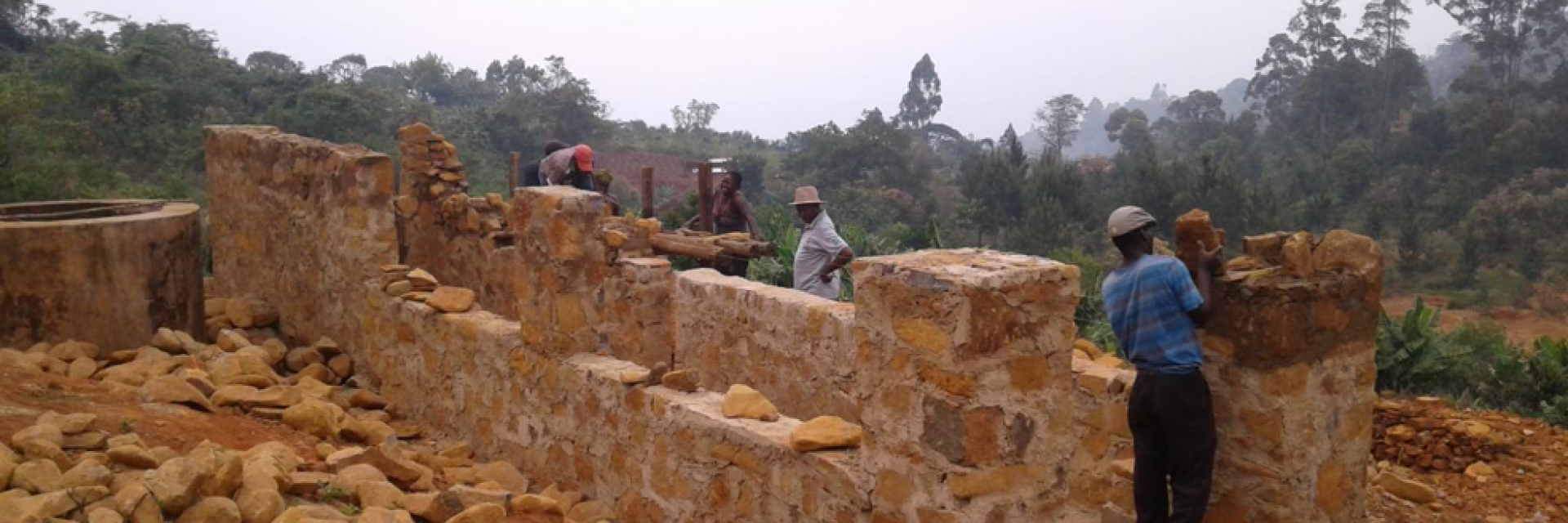
The making of a leader
Everything that Margret Nkudu had built over many years disappeared in a few hours, including her house, her livestock, and the village dip tank.
Wait, what?
In March 2019, Mozambique, Malawi and Zimbabwe were hit by what may be the worst ever weather-related disaster to strike the southern hemisphere. Vast regions were flooded, infrastructure was destroyed, and more than a thousand people were killed. An estimated 3 million people were affected.
“The rain and wind was so powerful and went on for more than 48 hours without stopping. My two-bedroom house was reduced to the ground and two calves washed away. We never recovered the calves,” said the 30 year-old mother of four.
Margret’s village in Zimbabwe sustained serious damage to the community dip tank, a structure that is key to fighting ticks and disease in livestock, preventing 65% of livestock deaths. Cattle walk into a corridor that slopes down into a pool filled with water and insecticide and then emerge into an enclosure on the other side. A functioning dip tank is central to the livelihood of the residents.
In order to repair the dip tank and other essential community structures, CARE Canada – with support from the Humanitarian Coalition and the government of Canada – initiated a program to pay community members to do the work themselves. Along with the obvious outcome of repaired structures, other benefits of this approach include providing a revenue stream for local residents to help them get back on their feet, teaching local residents how to maintain and repair structures, and developing local management and leadership skills in people like Margret.
Margret was elected to be the community’s dip tank restoration project leader. Through sound community engagement and mobilization skills, she successfully managed the completion of the village dip tank, including fencing, construction of a plunge pool, the race pen, communal toilets and environmental protection. In the process, she learned basic record keeping and accountability, including cash for work payments.
“I did not expect to be selected, let alone become the chairperson for a group that has men and older women experienced in leading community projects,” she said.
“At first, l lacked the desired confidence to assign tasks, plan and organize workers, but the support that l got from my husband, fellow women at the site and CARE staff members changed the way I saw the world,” she said reflecting back on an exciting four-month project.
“I learned that leadership is for both men and women.”